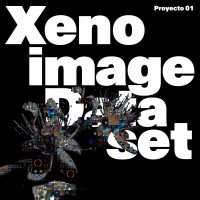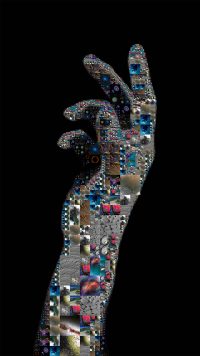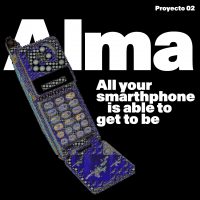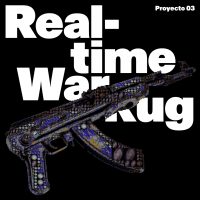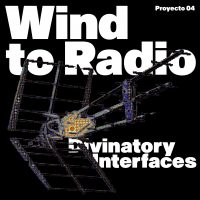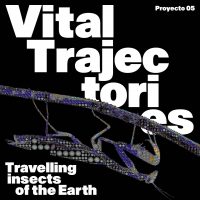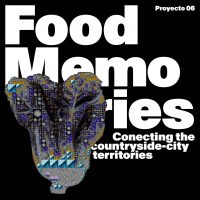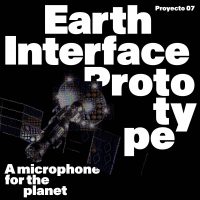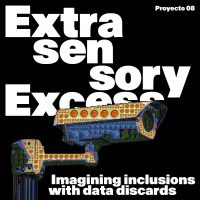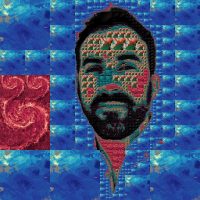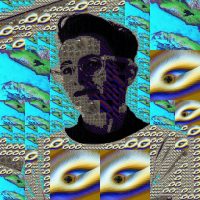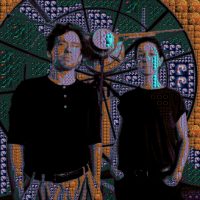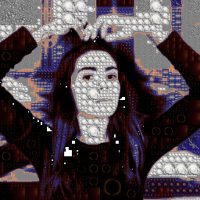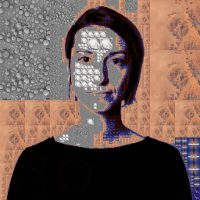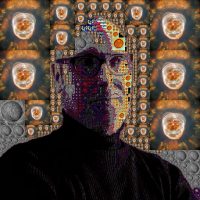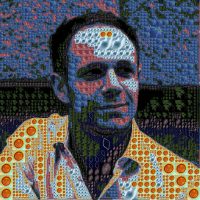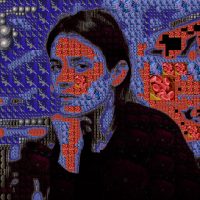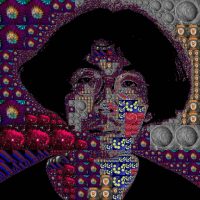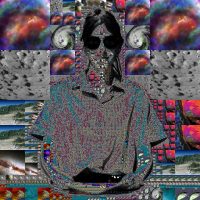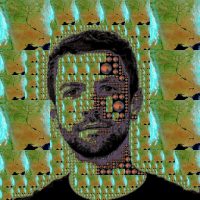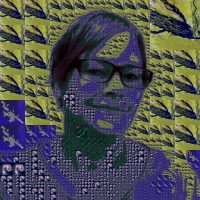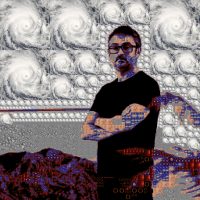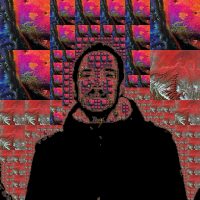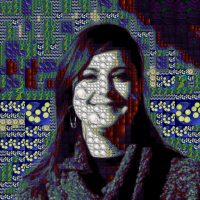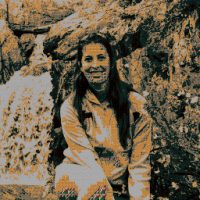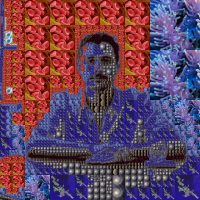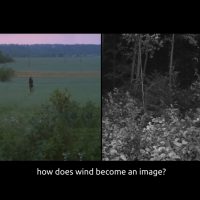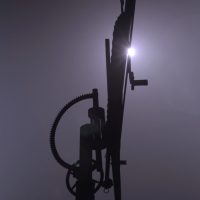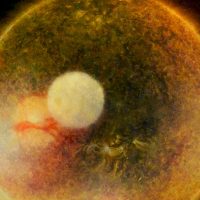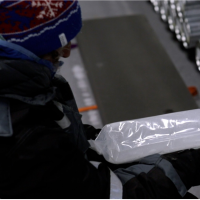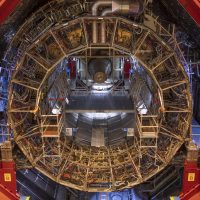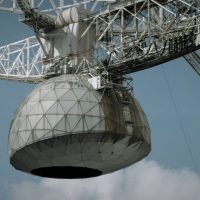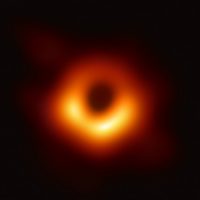Once upon a time there was no such thing as bacteria. It was back in 1676, when Antoni van Leeuwenhoek first peered into his microscope, that he brought them into existence. Only from then on could these little beings become the target of a possible treatment that would save millions of lives. Microscopes did not create bacteria, but it is as if they did. After their invention, we could never conceive the world in the same way ever again. Technology has this power, the power to constantly transform the way we understand the world, reframing in response the means by which we can act back upon it.
Our First LAB#01 Medios Sintientes (Sentient Media), it is like a microscope. It will focus on the ability of sensory, modeling and simulation systems to make the invisible visible, to mediate through information storage, transmission and transformation flows in order to change the way we sense and make sense of the world.
The capacity of any organism to adequately understand its environment is the main premise for proposing an adequate response to it. These perceptual apparatuses are not only descriptive tools capable of changing the logic of human beings’ relationship with their environment, but also constitute operational interfaces from which to actively design back the very things that have been revealed.
COVID has shown us that those societies capable of monitoring and generating adequate transmission and tracking models have been the best at combating the spread of the virus. Even the very concept of climate change – and therefore any kind of response to it – would not exist without the sensing organ we have deployed around the globe to measure with extreme granularity the alterations in weather patterns.
‘Medios Sintientes’ looks with special attention at the set of human sensing infrastructures and how they render our bodies, cities and the entire planet in multiple and diverse ways. But it also looks at the Earth itself as a medium, as a data-capturing device capable of recording an enormous amount of information through its multiple non-anthropogenic sensoriums.
What new readings of the world will these sensory systems deploy in the coming decades? Can these new readings act as frameworks from which to propose better social and/or environmental dynamics? And, if so, how can we use them to enhance our collective agency?
These are some of the questions we will seek to address during the ‘Medios Sintientes’ LAB, a three-month transdisciplinary program where citizens can join a group of artists, critical thinkers and experts to explore together ideas and practices around forensic journalism, sensing infrastructures, predictive modeling, data-driven governance, pattern simulation and future forecasting.
